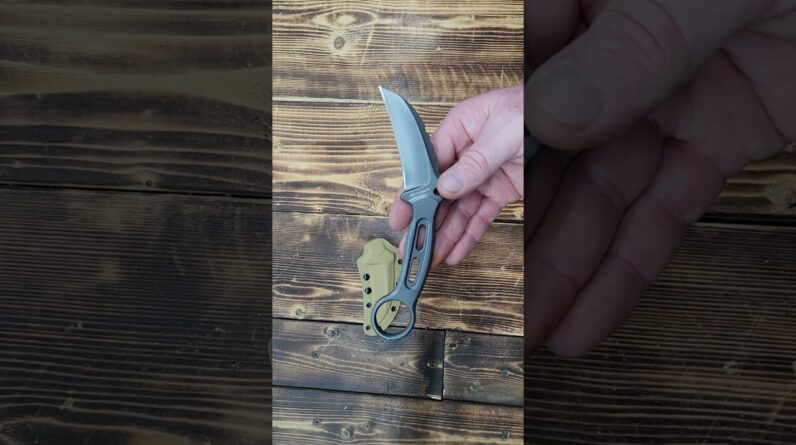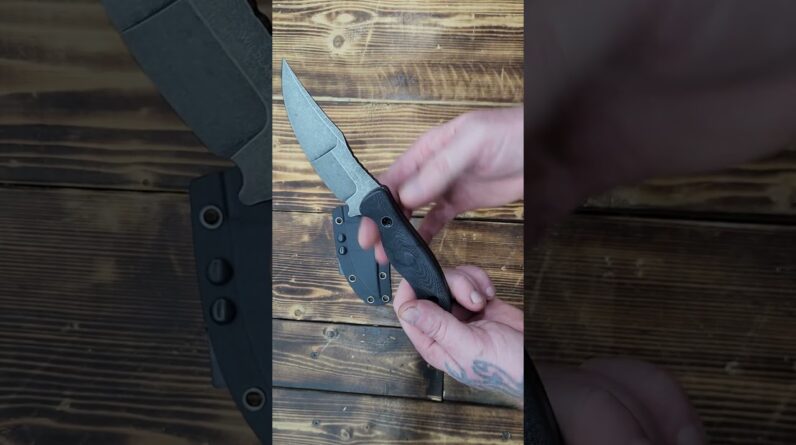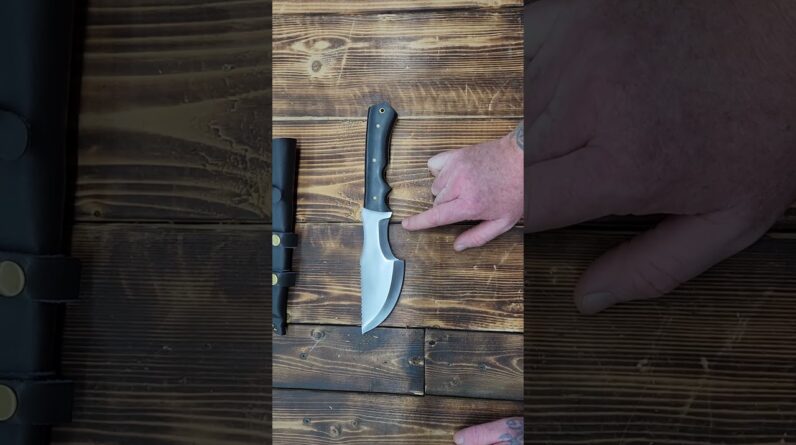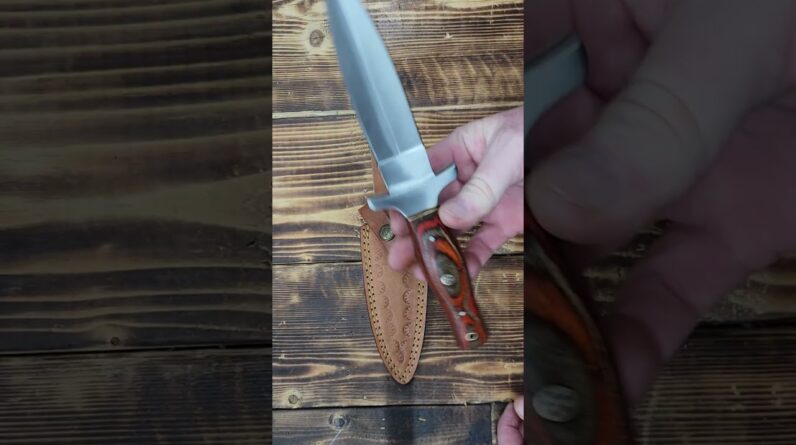Top Survival Gear and Survival Prepping Supplies
While most people may not think about water when thinking about survival prepping, water is a crucial component of any preparedness plan. Without access to clean, potable water, people will quickly become dehydrated and die. Without clean, potable water, people will begin to feel fatigued and listless, and it can take up to three days to rehydrate freeze-dried food. Not only will water be needed to drink, but it will also be used for cooking, washing clothes, and dishwashing.
Every prepper needs several different types of survival supplies. The first is a bug out bag, otherwise known as a get-home kit. This small, portable bag should contain the basics: food, water, shelter, clothes, and tools. You should also have emergency supplies such as medicine, first aid kits, sewing kits, and construction tools. One of the most important items in a bug out bag is fresh water, and it can be found anywhere, including a bucket.
Luckily, most normal homes have a basement food storage space, which is usually built into the house’s structure. For those whose homes were built after current housing standards, however, they may need to have more storage space for food. Food storage items can be purchased at local hardware or home improvement stores or even grocery stores. When prepping for the long-term, you should buy extra food for several years to ensure that you have enough supplies for a long-term food supply.
Purchasing survival gear is an important part of prepping, but you should also stock up on medication. You can buy prescription drugs in the event of an emergency, but don’t forget to get some over-the-counter drugs. This is especially true if you have a chronic illness or are on prescription medications. Preparing for an emergency isn’t easy, but it can give you peace of mind while surviving a disaster.
If you live in a city, you might want to bug out. A prepper might decide to move to the wilderness or to a predetermined Alpha Site, or their first fallback position. This area should be far enough away from urban centers that it is safe to be near water or land. There should also be plenty of security, as well as an easy access to land and water. A bug out plan should cover the basics of survival.
While most people tend to focus on food, clothing, and shelter as their most important supplies, they are often overlooked. Even if you are surrounded by food, water, and shelter, you will likely need to consider personal hygiene and sanitation. Even a small amount of poo can kill you, and this is not the time to skimp on supplies. Remember, though, that you can never know what could happen when the sun goes down.
Having food, water, and shelter are important, but a stockpile of essentials will help you survive the worst scenarios. In an emergency, you may not have a way out. Survival supplies and skills will give you an edge over those without them. You might even be the only one in a community, so it’s crucial to be ready for anything! It’s a good idea to arm yourself with guns and learn how to defend yourself.






